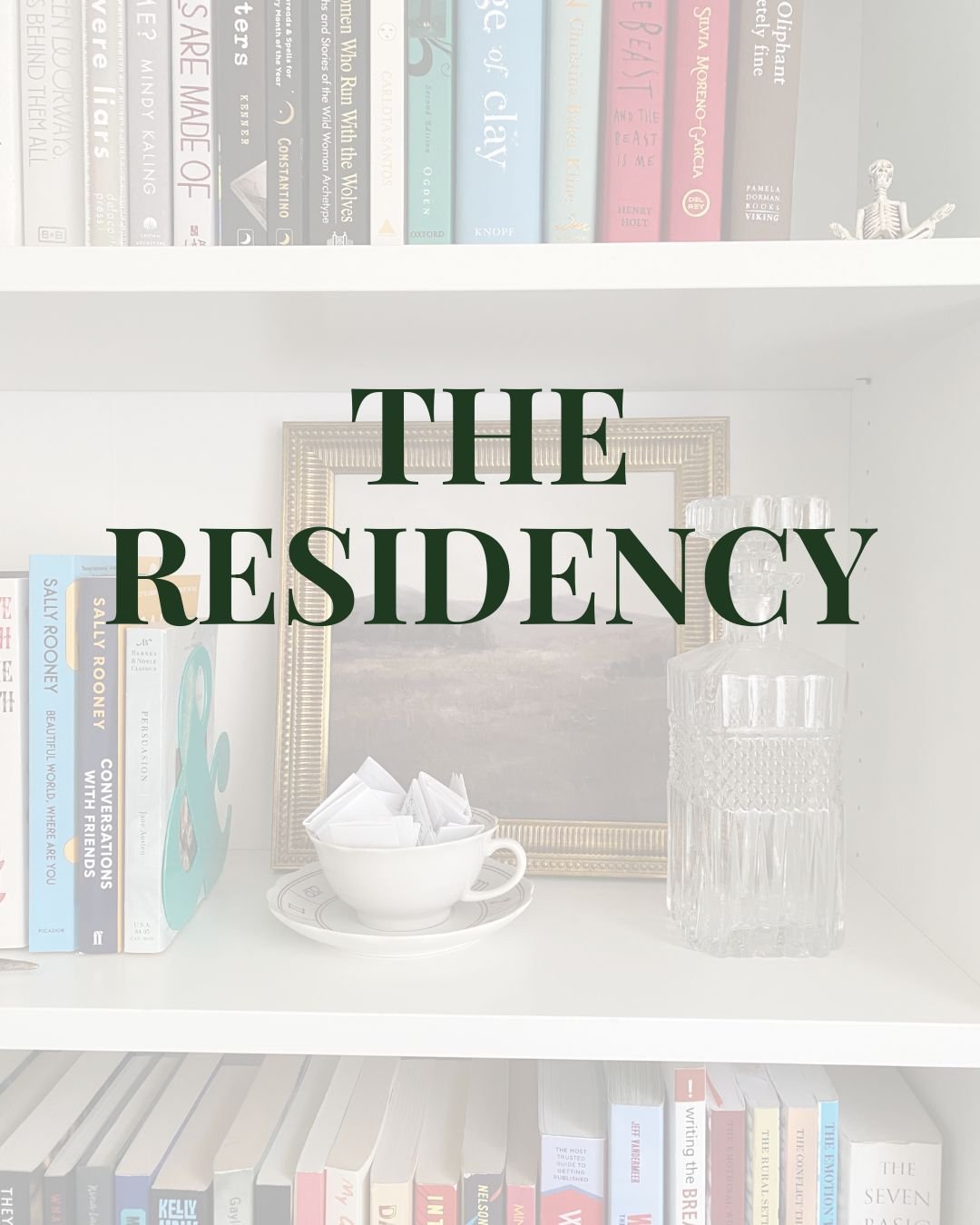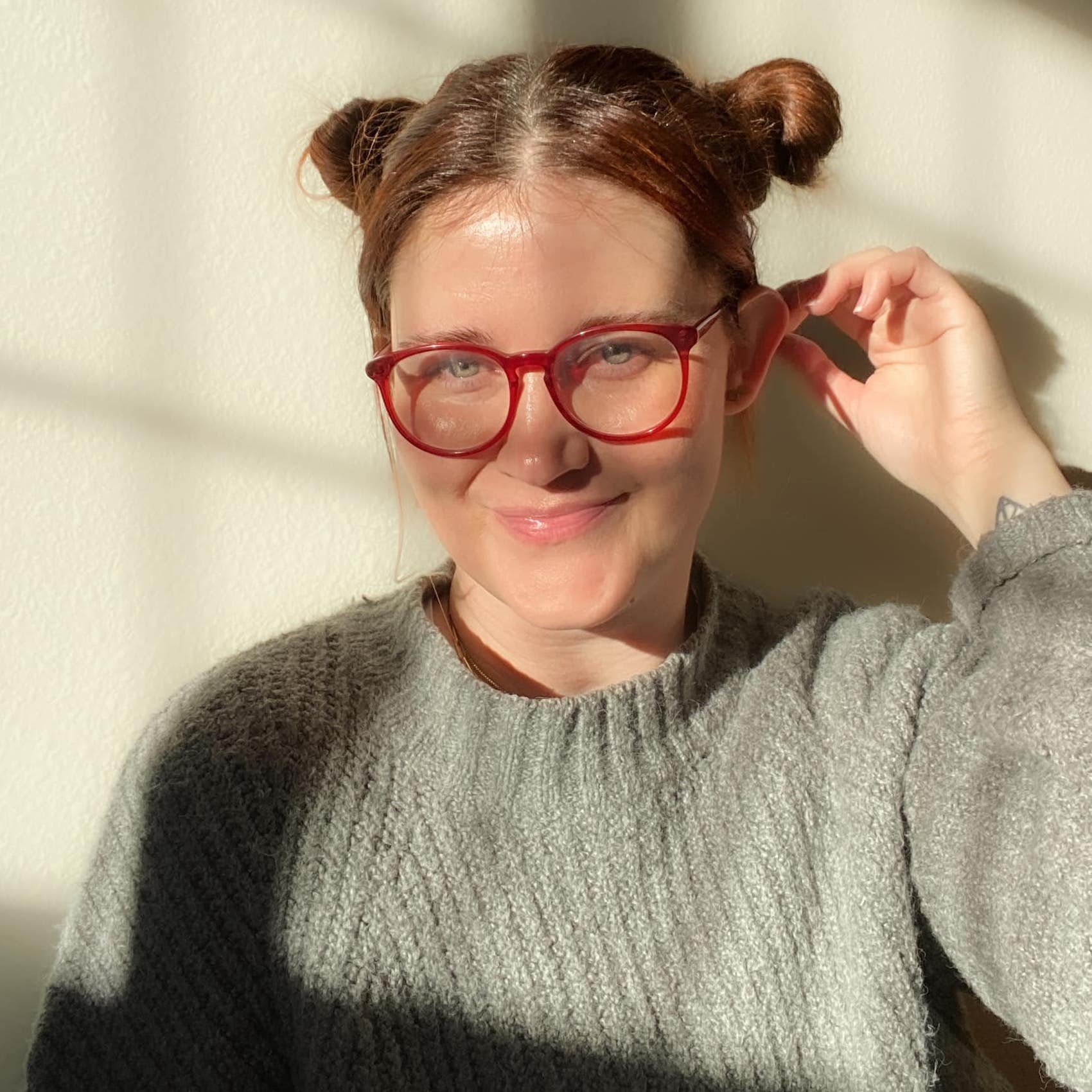Beyond the Trope: Writing Diverse Characters Without Reducing Them to Stereotypes
Tropes are storytelling shortcuts, patterns that offer familiar structure, emotional shorthand, and narrative rhythm in order to easily pitch your story to readers. But not all tropes are harmless. Some have roots in systems of oppression. Some reduce complex identities into clichés. Some mask harm behind romantic tension or comedic relief. And when those tropes go unexamined, they can quietly reinforce the very stereotypes writers often hope to dismantle.
Too often, representation gets mistaken for progress when it's really just tokenism—a symbolic gesture of inclusion without the depth, nuance, or narrative weight that makes characters feel real. That distinction matters, because the difference between harm and care is often in the details.
Whether you’re writing your own novel or editing someone else’s, being able to recognize harmful tropes is essential. Especially for those of us who care about inclusive, liberatory storytelling.
With this post, I hope to offer tools to help you write and edit with more intention, to recognize which tropes might be doing unintentional harm, and learn how to reframe them into something more honest, more expansive, and more human.
This post is for storytellers who want to do more than just include marginalized characters. It’s for those who want to represent without reducing, who want to write characters that feel layered and real, without exploiting their pain for plot.
Avoiding Harmful Tropes: Identifying and Steering Clear of Stereotypes in Storytelling
Writing Without Reducing: Representation vs Replication
Including diverse characters isn’t enough if they’re still being framed through limiting patterns. Are we honoring their complexity, or just echoing the limited, familiar narratives dominant media has offered for decades?
It’s the difference between a character who exists as themselves and one who exists to teach the reader something about oppression.
Representation without reduction asks:
Am I writing this character as a full person, or as a symbol?
Am I drawing on real knowledge and context, or repeating what I’ve absorbed from other media?
Who is this character when no one is watching? What contradictions do they carry?
What Makes a Trope Harmful?
Tropes themselves aren’t inherently bad. They're familiar patterns that help shape storytelling across time, genre, and culture. But when a trope is rooted in historical bias, reinforces a stereotype, or flattens identity into a single characteristic, it stops functioning as craft and starts becoming harm.
A trope becomes harmful when it:
Reduces a character to a stereotype
Romanticizes abuse, manipulation, or violence
Dehumanizes or flattens marginalized identities for convenience or spectacle
Reinforces oppressive systems through repetition
Distorts trauma by using it solely for shock, plot, or emotional leverage
Many of these tropes aren’t written with ill intent, rather they’re passed down, absorbed through cultural osmosis. But their repetition still shapes reader perception. And for readers who have been stereotyped in real life, seeing those same tropes echoed in fiction—again and again—can feel like erasure.
Intersections Are Where Harm Compounds
Identities don’t exist in isolation. When they overlap—race with disability, queerness with mental illness, gender with class—the damage often deepens.
A white character who’s “the crazy ex” might read as quirky or intense. A Black femme given the same trope becomes threatening, unstable, violent. A queer character may be allowed tragedy—but pair that with poverty, neurodivergence, or disability, and suddenly the character becomes a burden, not a protagonist.
It’s not enough to stack identities. Understand how each identity shapes each other. Harmful tropes ignore that. They flatten complexity into performance. And they erase the very readers who most deserve to see themselves whole.
Common Harmful Tropes to Watch For
This list isn’t exhaustive, but these tropes show up often, and often without enough scrutiny. What makes many of them especially damaging is not just that they reduce identity, but that they flatten multiple identities into a single harmful caricature.
For BIPOC Characters:
The Angry Black Woman
The Magical Native / Wise Elder
The Model Minority
The Disposable Sidekick of Color
The Villainized Immigrant or Foreigner
For Queer Characters:
The Tragic Queer Ending
Queerbaiting (hinting at queerness without commitment)
“Fixing” queerness through heterosexual love
Hypersexual or predatory portrayals
Crossdressing Killer
For Disabled Characters:
The Inspirational Disabled Person
The Villain with a Disfigurement or Disability
The Burden (especially when paired with poverty, queerness, or gender nonconformity)
“Healing” as the only acceptable ending
For Women and Femmes:
The Damsel in Distress
The Cool Girl
The Scorned Woman
Rape as backstory
The Strong Female Character (stripped of softness or contradiction)
For Mental Health Representation:
The Crazy Ex (especially harmful when paired with gendered or racial stereotypes)
The Tortured Genius
The Psycho Killer
Love as a cure-all
Institutions as punishment or punchline
Harm deepens when layered identities are reduced to a single narrative function. When a Black disabled character is sacrificed for the emotional growth of a white protagonist, or a trans character is reduced to trauma alone, the story stops being about authenticity. It becomes a reflection of what dominant culture expects and demands from marginalized bodies.
Questions to Ask When You Spot a Potentially Harmful Trope
Who does this trope center, and who does it reduce?
What is the history of this trope in media, and how might a reader experience it now?
Does this character or dynamic reflect a stereotype I’ve seen before?
Is this trope being subverted or repeated?
Am I using this as a shortcut to emotional depth or drama?
Would this scene read differently if the character’s identity were changed?
What kind of message does this narrative arc leave behind?
How to Subvert or Reimagine Tropes with Care
You don’t need to eliminate every familiar structure from your work. But you can reshape them. You can pull tropes apart and rebuild them into something more honest, more specific, and more resonant.
One of the most powerful ways to do that is to write characters as whole people: not symbols, not representatives, not teaching moments. People who exist at the intersection of multiple truths, carrying identities that shape their experience in layered ways.
When we talk about subverting tropes, we’re not just asking “how do I make this character more original?” We’re asking: What has this character survived? What spaces do they move through? What expectations have been placed on them that they don’t agree to? What contradictions do they hold that make them human?
Here are some ways to work with that depth:
Add nuance. Avoid flattening characters into single traits. Let them hold contradictions, grow, and make choices beyond what's been assigned to their identity.
Shift perspective. Who’s telling the story? Who gets the emotional arc? Sometimes a harmful trope becomes more interesting—or undone—when the lens changes.
Interrupt the expectation. If a trope feels predictable, explore what happens if the story takes a different turn. What does healing look like? What does power look like?
Name it in the world of the story. If a trope exists in your book’s world, let your characters critique or challenge it. Acknowledgment can be a powerful tool.
Draw from lived experience or community consultation. Harmful tropes are often the result of writing outside of identity without context. Research, sensitivity readers, and community-based storytelling can help you write with greater care.
Give your characters room to stretch out of the narratives that were built to contain them.
Representation That Doesn’t Exploit
Authentic storytelling invites characters to live beyond the page. Their identities aren’t plot devices. Their pain isn’t decoration. Rage, trauma, lust, violence, sorrow, and joy all have a place—but so does care.
Representation without exploitation looks like this:
Inclusion that carries weight, not just presence
Pain handled with intention, not used as shortcut
Characters written with depth, not designed for spectacle
Writing (and Editing) with Intention
Harmful tropes aren’t always obvious. They show up in first drafts because they’re familiar, because they’re easy, because we’ve absorbed them without realizing. And that’s okay for a first draft. Even necessary. As one of my mentors, Gene Luen Yang, once told me: write the stereotype if you have to. Just don’t stop there. Censoring yourself too early can choke a story, but revision is where we get brave. Revision is where we ask the harder questions. We have to ask what we’re normalizing, and who we’re writing for.
As writers and editors, we shape the landscape readers move through. We help decide what’s visible and what gets erased. And we have a responsibility—not to be perfect, but to be awake. To notice what we’re repeating. To imagine something better.
So write the draft. Let it be messy. Let it be unfiltered. But when it’s time to revise, ask what you’re repeating and what you’re ready to rewrite. Because the stories we tell shape the world we live in. Let’s make them worth inhabiting.
You’re not just building a habit. You’re becoming the kind of writer who writes.
Inside The Residency, writing becomes part of who you are—not a task on your to-do list, but a rhythm you return to. With care, structure, and community, you’ll build momentum, trust your voice, and keep showing up for the stories only you can tell.
Choose the path that fits your season, and come write with us.
Tiffany Grimes (she/they) is the founder of Burgeon Design and Editorial, a queer founded boutique editing and design house for brave creatives. At Burgeon, we specialize in book editing, coaching, and web design for the individualists, nonconformists, and trailblazers of the literary world. If you’re a maverick, outsider, rebel, renegade, dissenter, disruptor, or free spirit, you’ve come to the right place.





